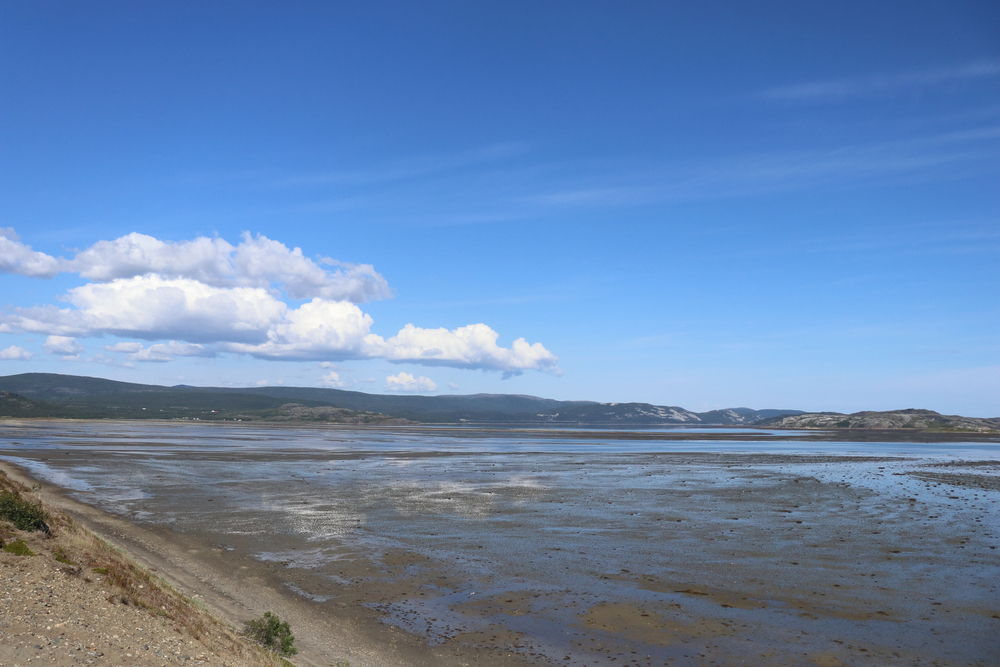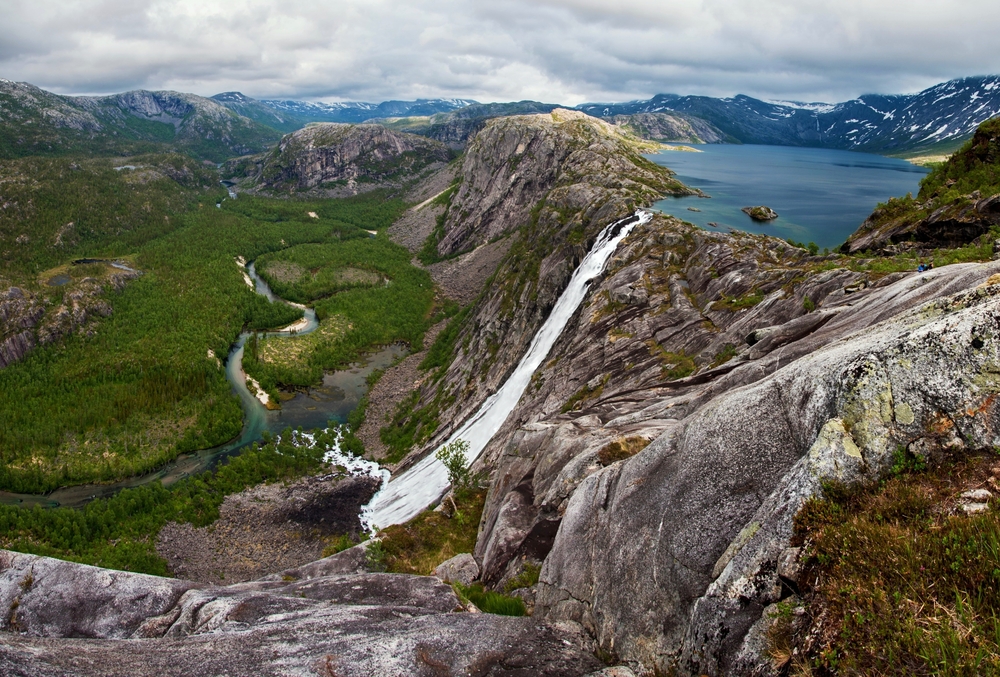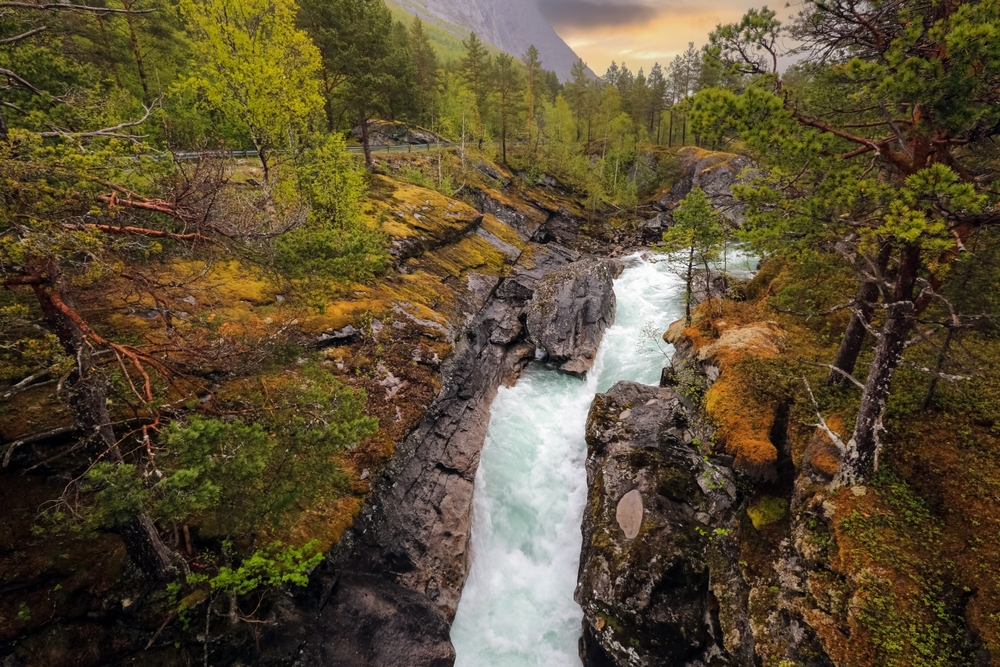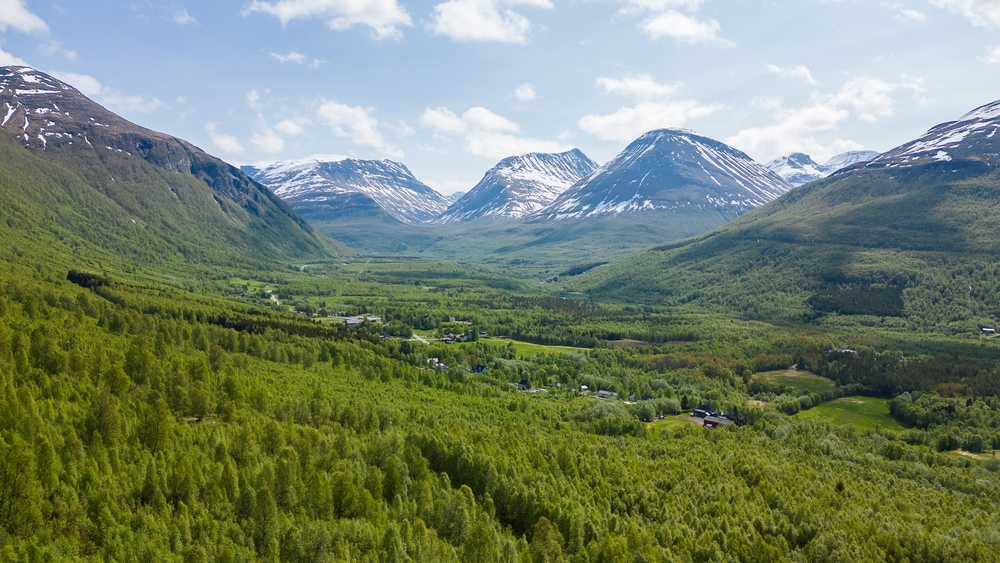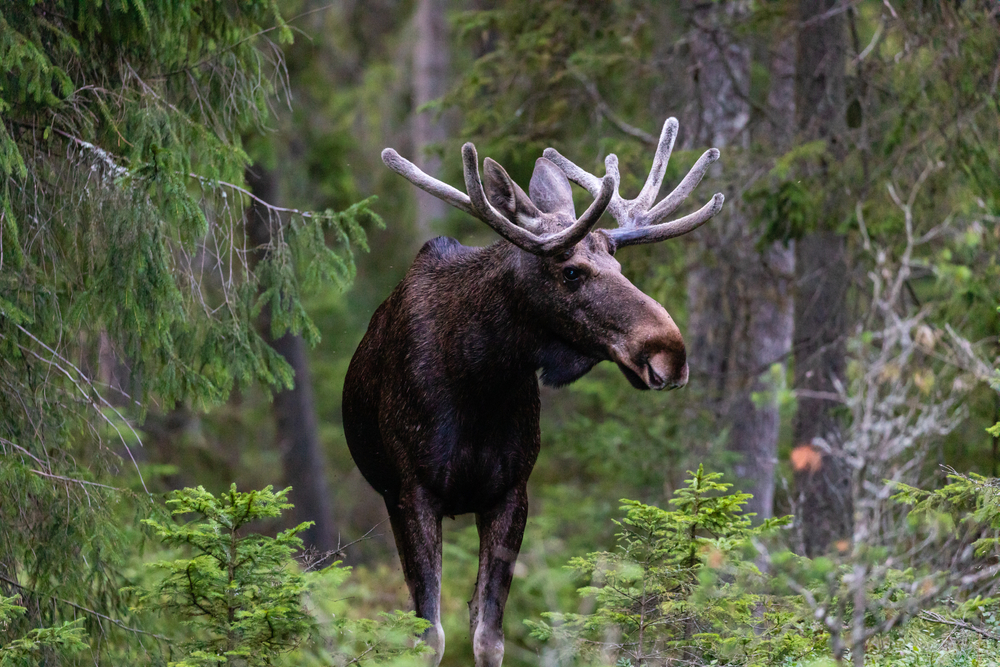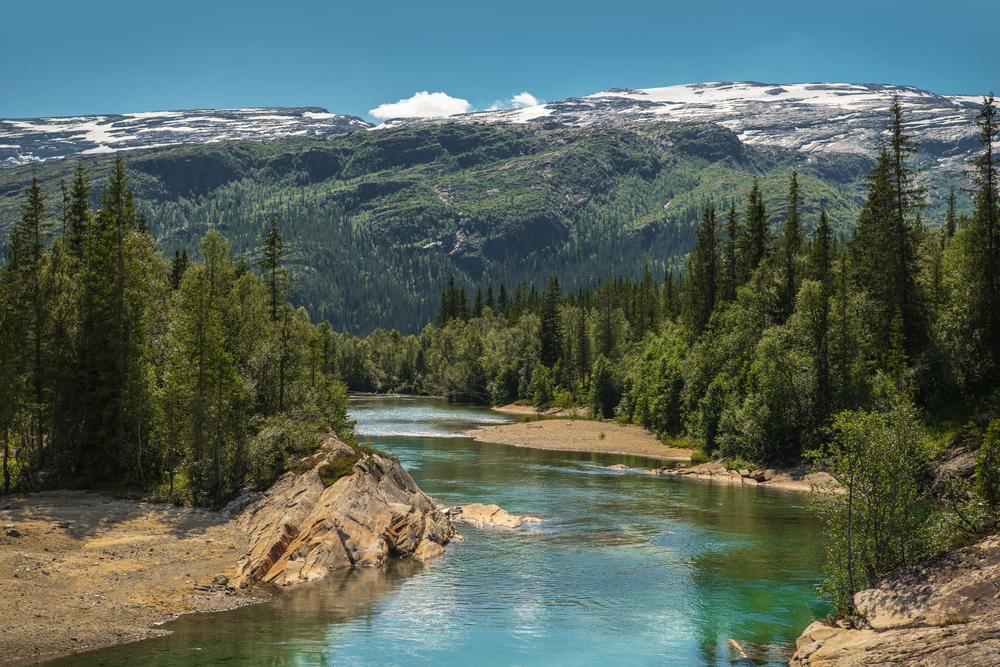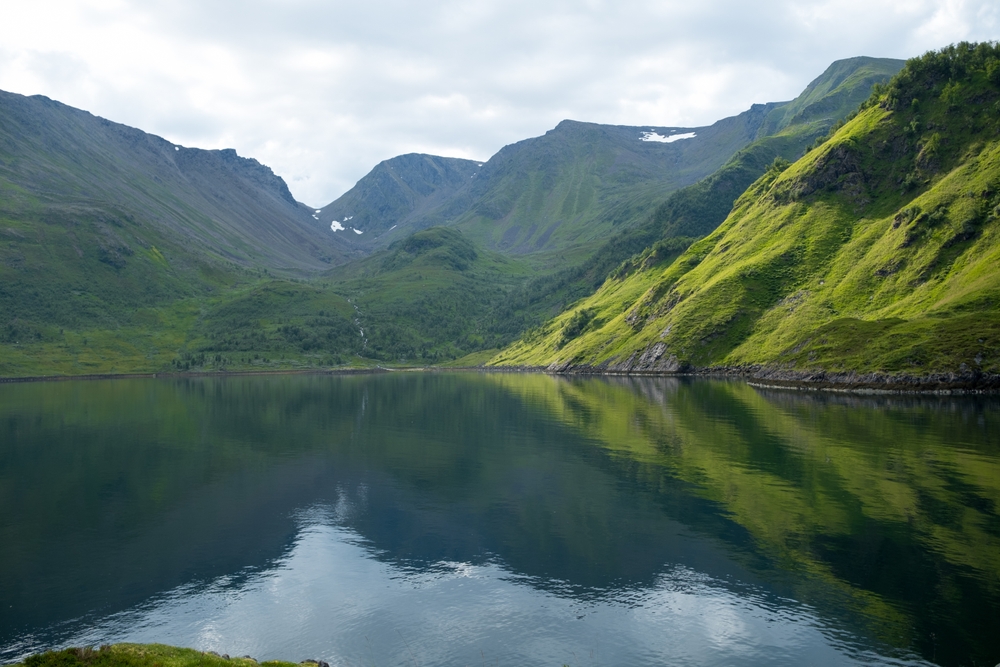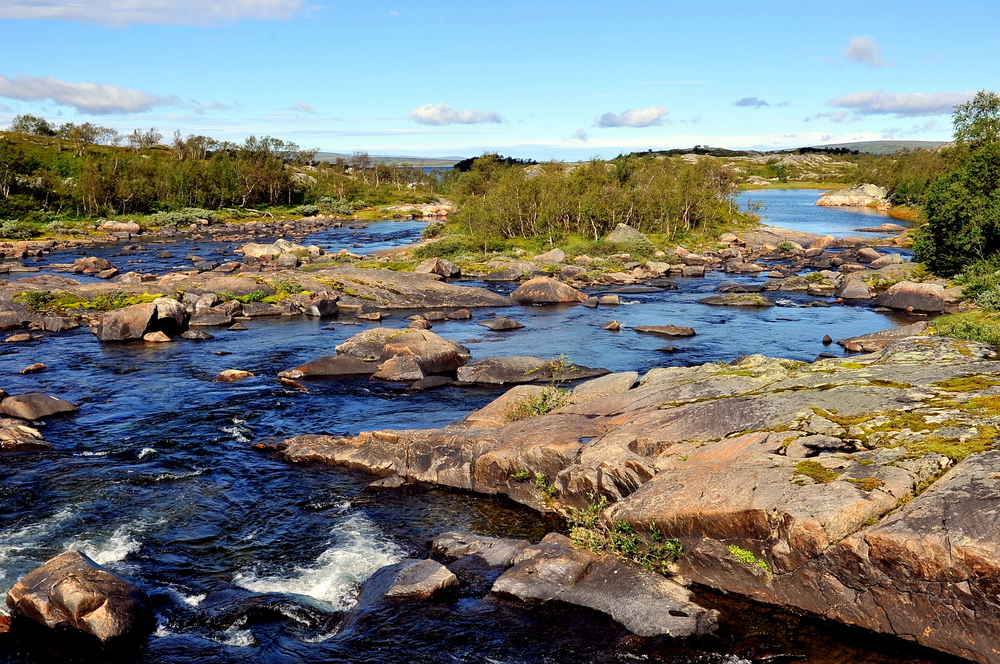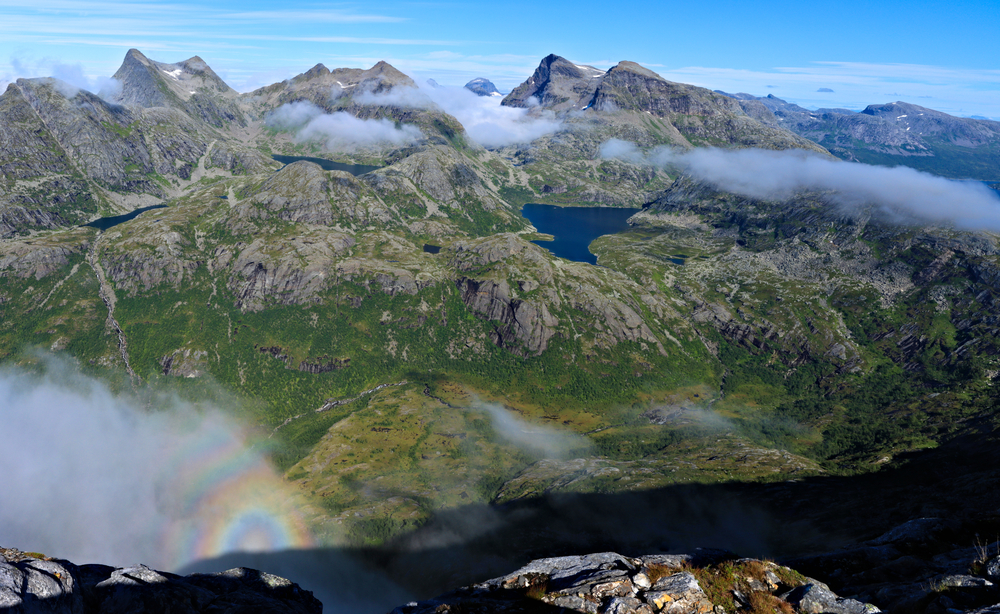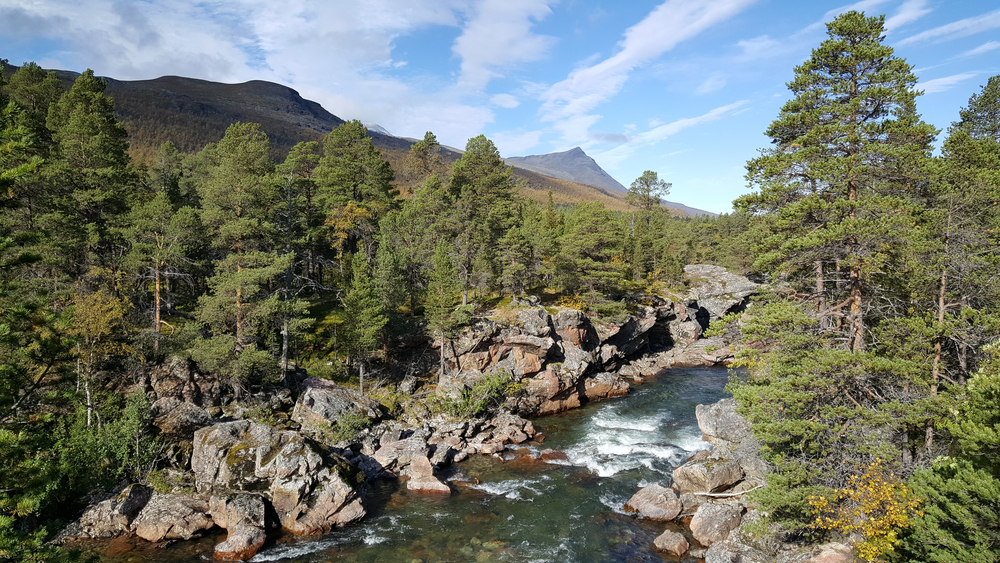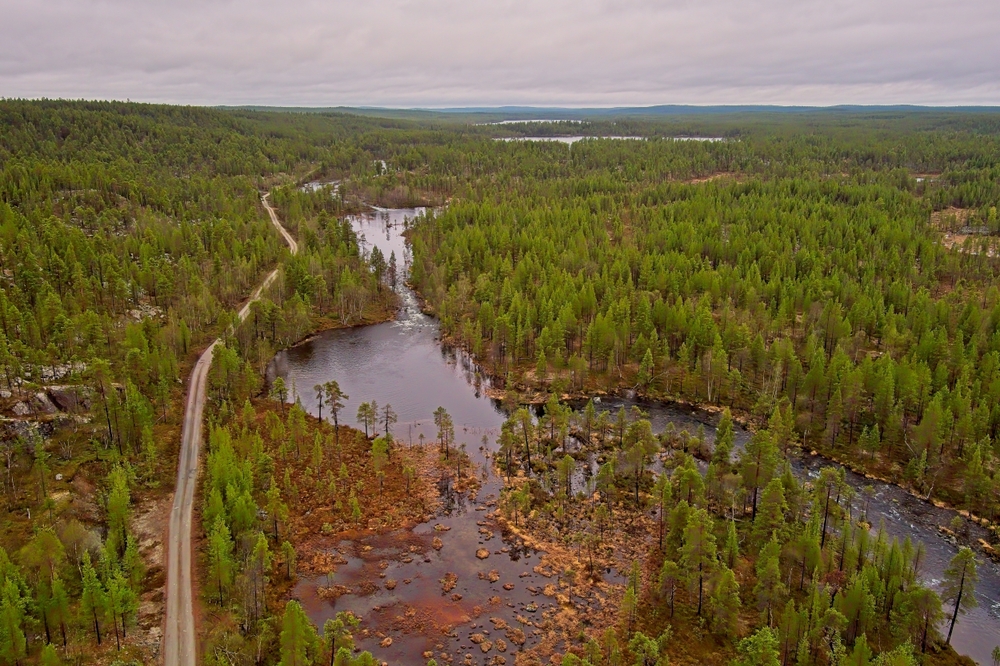Stabbursdalen Overview
Stabbursdalen National Park, known as Stabbursdalen nasjonalpark in Norwegian, is located in Norway’s northernmost county of Troms og Finnmark.
Encompassing approximately 346 square miles (899 square kilometers), this park protects a unique Arctic landscape and is home to the world’s northernmost pine forest, Stabbursdalen Forest. Established in 1970, the park was created to preserve the delicate balance of taiga, mountains, and rivers that characterize this remote and pristine wilderness.
The terrain varies from lowland pine forests along the Stabburselva River to rugged plateaus and barren mountain peaks, making it a striking example of Norway’s subarctic environment. The landscape is shaped by ancient glacial activity, leaving behind deep valleys, moraines, and dramatic rock formations. The river system running through the park is crucial for local ecosystems, with clear, cold waters supporting a range of aquatic life.
One of the defining features of Stabbursdalen National Park is its old-growth Scots pine forest, a rare sight at such high latitudes. The park’s lowland areas are dominated by these ancient pines, which provide a stark contrast to the open tundra and mountain plateaus beyond. In the higher elevations, birch forests give way to vast alpine meadows and rocky outcrops, creating a diverse range of habitats.
The tundra supports a variety of mosses and lichens, which are crucial for the survival of reindeer that graze in the area. Waterfalls and rivers carve through the park, offering spectacular scenery, particularly in the summer months when the midnight sun illuminates the landscape.
Stabbursdalen National Park is home to an impressive array of wildlife adapted to the harsh Arctic climate. The Eurasian elk (moose) is a frequent sight in the forests, while reindeer roam freely across the tundra, particularly as part of the semi-domesticated herds managed by the indigenous Sámi people.
Other mammals include red foxes, wolverines, lynx, and Arctic foxes, although the latter is increasingly rare. The park is also a haven for birdwatchers, as it hosts species such as the gyrfalcon, golden eagle, rough-legged buzzard, and Siberian jay.
The riverine habitats attract waterfowl like whooper swans and common mergansers, and during the summer months, the wetlands come alive with the calls of migratory shorebirds.
Visitors to Stabbursdalen National Park are drawn to its untouched wilderness and the opportunity for outdoor adventures. Hiking is a popular activity, with well-marked trails leading through the pine forest and into the mountains.
The Stabburselva River is famous for salmon fishing, attracting anglers eager to catch Atlantic salmon in its pristine waters. Canoeing and kayaking along the river offer a more tranquil way to experience the park’s natural beauty. In the winter, the landscape transforms into a snowy wonderland ideal for cross-country skiing and snowshoeing, while dog sledding and Northern Lights viewing are also sought-after experiences.
Conservation efforts in Stabbursdalen National Park focus on protecting the fragile Arctic ecosystems from the effects of climate change and human activity. The Sámi people play a key role in maintaining sustainable reindeer herding practices, balancing traditional livelihoods with environmental preservation.
One ongoing challenge is the impact of climate change on the region’s permafrost and vegetation, which affects both wildlife and Sámi cultural practices. However, the park’s designation as a protected area has helped safeguard its unique landscapes and biodiversity, ensuring that it remains a sanctuary for Arctic wildlife and a place of cultural significance.








































































